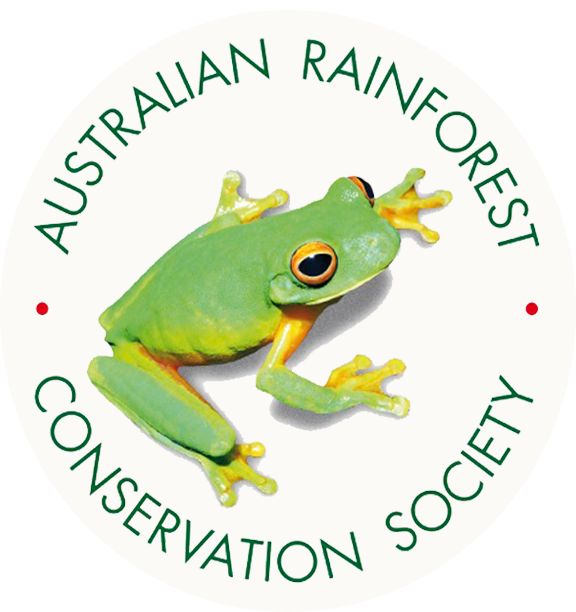 Springbrook Rescue
Springbrook Rescue
 Springbrook Rescue
Springbrook Rescue
| Home | The Vision | Springbrook — A Natural Wonder | The Springbrook Rescue Project | Support the Project | About ARCS |
|
The Science | |||||||
| |||||||
|
Science Projects
| |||||||
|
Bird surveys (Project BD6) Birds are of exceptional cultural and ecological significance and contribute fundamentally to the Outstanding Universal Value of the Gondwana Rainforests of Australia World Heritage area. The Rufous Scrub-bird and Albert’s Lyrebird represent the oldest lineages of songbirds, each being just one of two species still surviving in their respective families. Both occur at Springbrook, although the Rufous Scrub-bird was last officially recorded in 1991. Thirteen bird species occurring in the Springbrook precinct are listed as threatened: three are endangered (the Red Goshawk, Eastern Bristlebird, Coxen’s Fig-parrot), five are vulnerable to extinction (Rufous Scrub-bird, Glossy Black-Cockatoo, Marbled Frogmouth, Powerful Owl, Black-breasted Button-Quail), and five are near threatened under Queensland legislation (Grey Goshawk, Red-browed Treecreeper, Albert’s Lyrebird, Lewin’s Rail, Sooty Owl). | |||||||